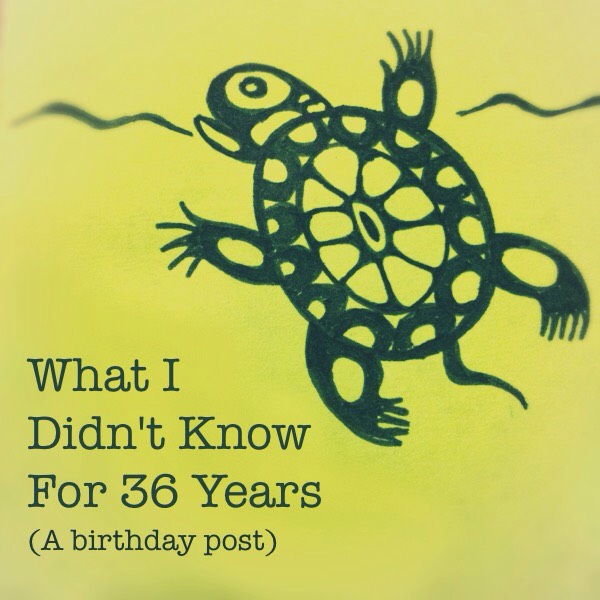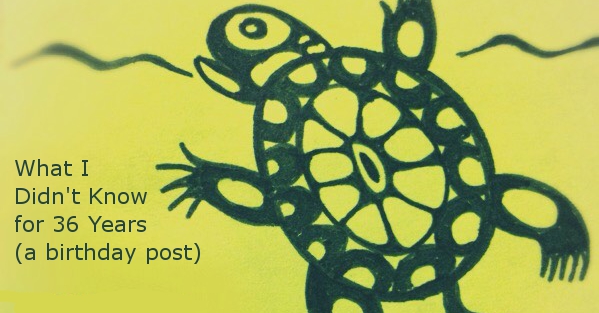I turned 36 today. 36 years on this Earth. 36 years as a Canadian citizen. It wasn’t until a few months ago that I learned the truth about this land that we claim to be our own. The Indigenous Peoples in Canada have suffered immensely, and for the most part, their story has been untold until recently.

At the end of February, I attended RiseUp, Sister, a gathering of about 100 women over four days. In our midst were two Indigenous women who bravely shared their stories about the impact that Residential Schools and the “Sixties Scoop” have had on their own lives as well as their communities. When I first heard them speak, I did not know what Residential Schools or the “Sixties Scoop” were.
Briefly, the Residential School system was put in place by the Canadian government under Sir John A. MacDonald to wipe out all Indigenous culture and assimilate them to become white “Christians.” School-aged children were taken from their families and forced to live in these schools where they were often abused, suffering much illness and neglect. So many children died that the schools often had their own unmarked graveyards behind their buildings. In total, roughly 150,000 children were placed in these schools, before the last school finally closed in 1996 (in my lifetime!).
In the 1960s, the government decided that children needed to be assimilated before they reached school age. So from the 1960s until the late 1980s, Indigenous babies were taken from their parents and put up for adoption or foster care (thus the name, “Sixties Scoop”). One of our sisters shared, “The Indian workers stood outside the hospital birthing room, waiting to take me away from my mother as soon as I was born.” She was separated from her twin sister and suffered brain damage as a result of being moved from foster home to foster home during the earliest years of her life when consistent care was most critical for brain development. The “reason” given for all these children in the adoption/foster care system was that their mothers and fathers were too drunk or lazy to take care of their own babies. But in reality, these babies were stolen.
On one of the mornings at RiseUp, Sister, that same sister informed that just the night before, an Indigenous youth from her community had committed suicide. Even more sobering, in the first two months of 2017, 11 youth in that community had committed suicide. Eleven precious lives. These were children between the ages of 10 and 16. What kind of grief would drive a 10-year-old to decide life wasn’t worth living?? Generations upon generations of grief, that’s what.
Hearing these stories made me take a long, hard look at my own place in this narrative as a second generation Chinese Canadian. What does it mean for me to live on land that was taken from a people group who have been so mistreated and who are now struggling in the aftermath? How is their story and grief related to me? What role do I have in this next chapter of Canada’s history?
I am only just beginning to explore what all this means to me on a practical level, but I know it begins with education and awareness. I’m reading what I can – starting from the wealth of information available at the National Center for Truth and Reconciliation. I’m subscribing to CBC North and CBC Indigenous on Facebook to help me stay aware of what is currently happening in those communities. I’m being mindful of the terminology I use for the original inhabitants of Canada. I’m including more Indigenous art and culture into our family life as I’m able to. I pray.
Mostly, I’m staying open. Because we belong to each other. And after everything the Indigenous People have suffered (and sadly, continue to suffer), it’s time for reconciliation.
